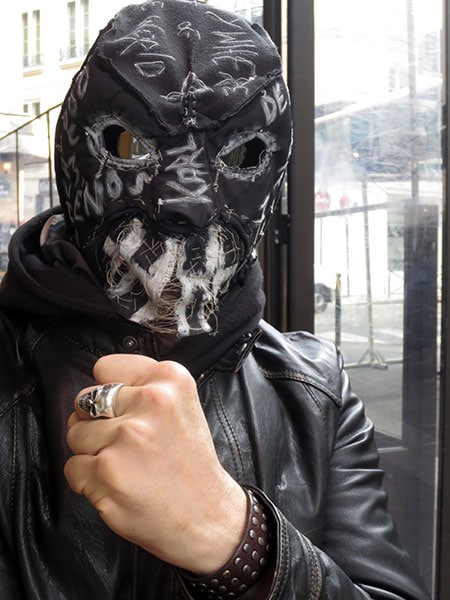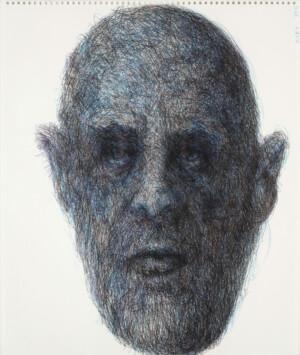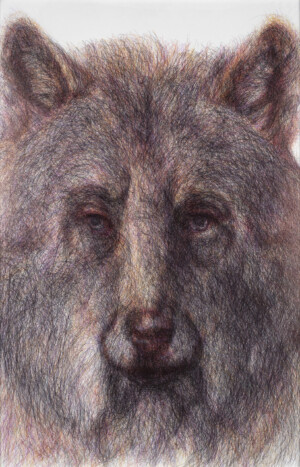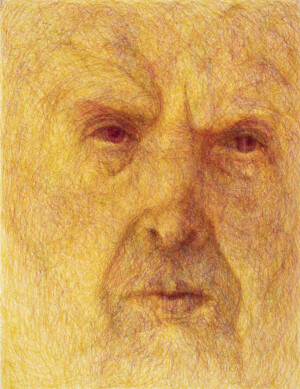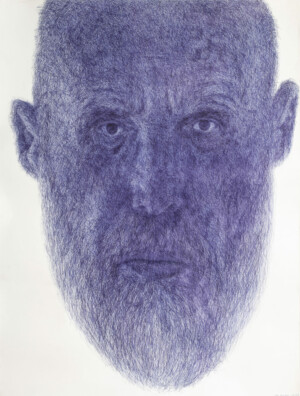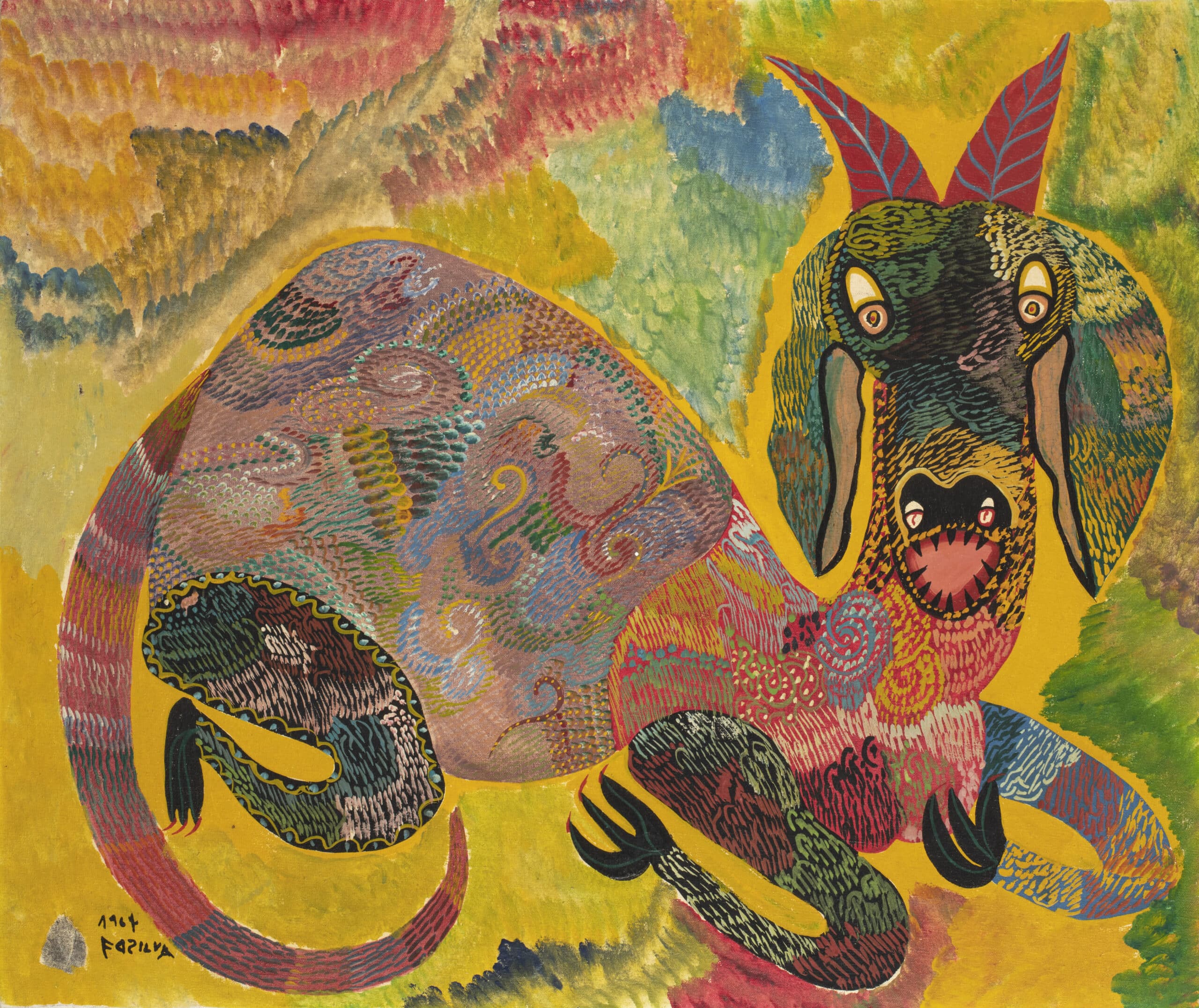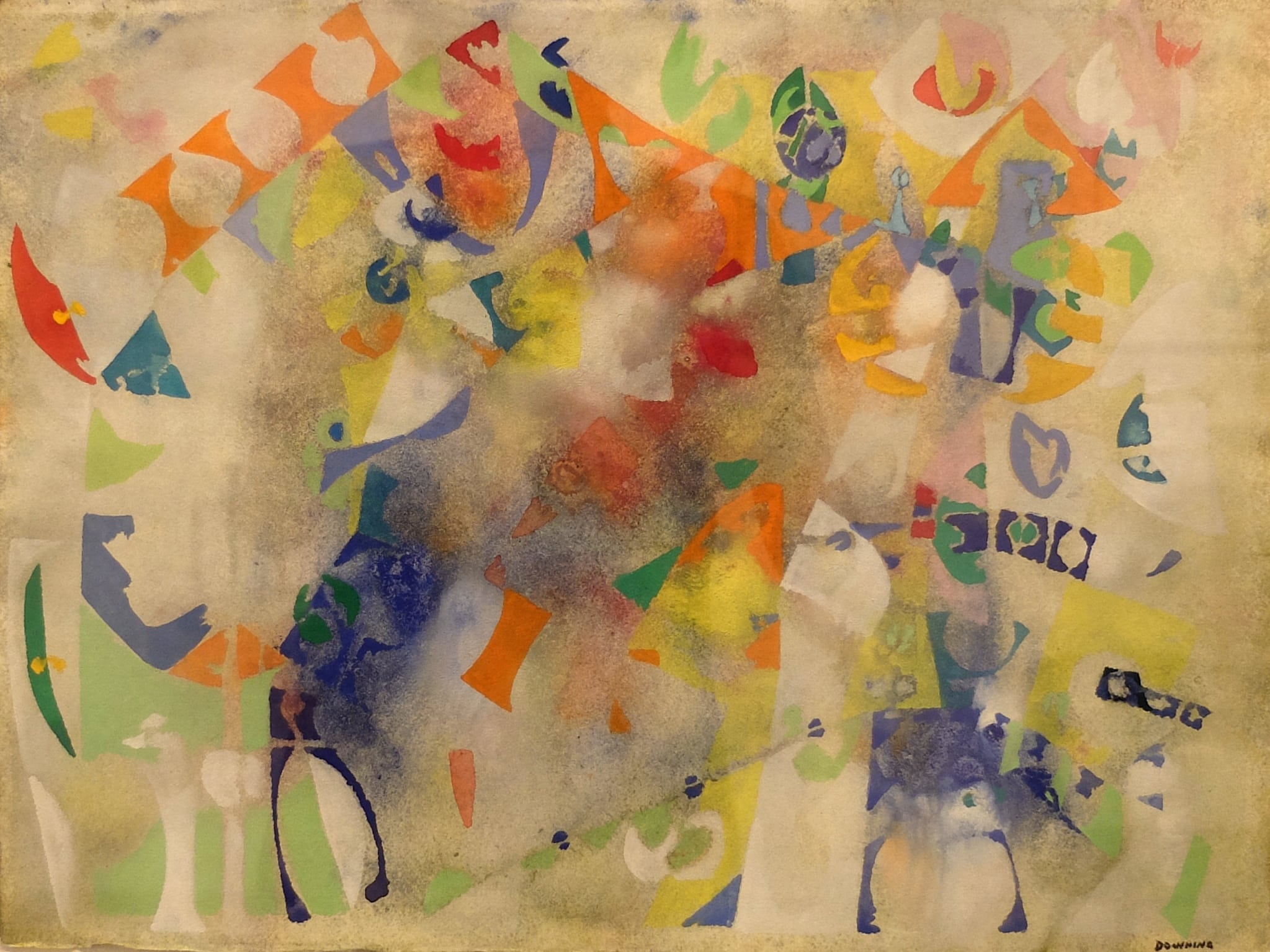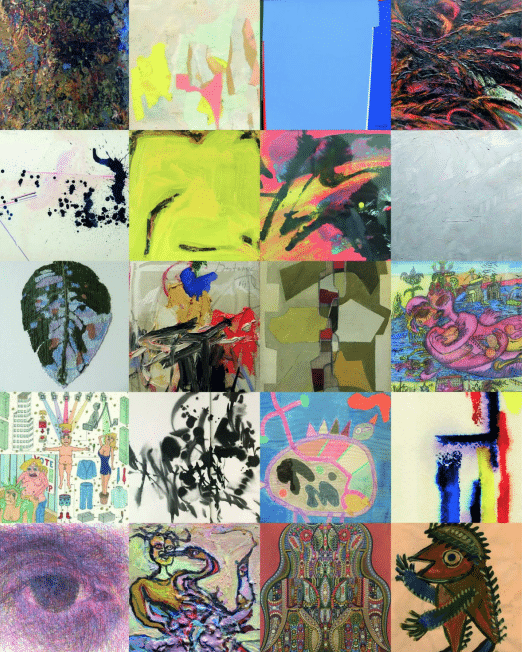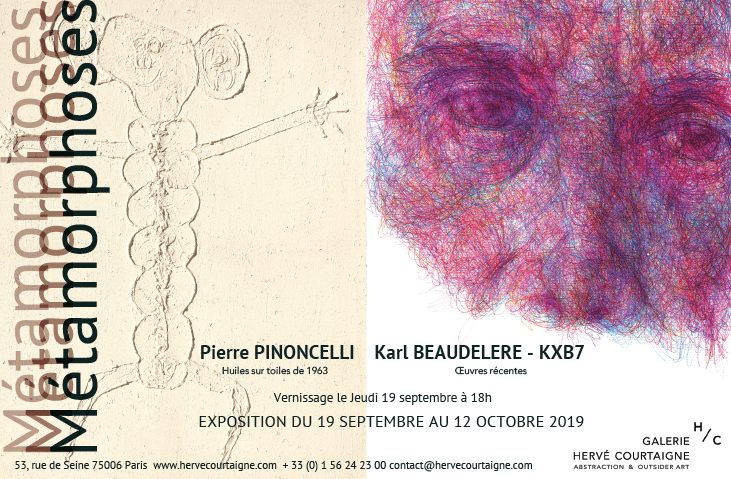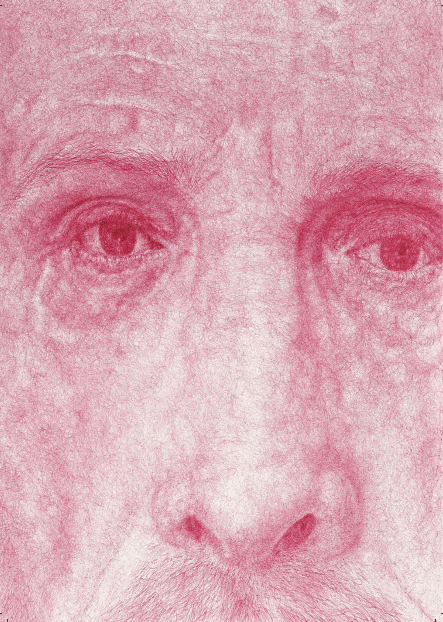Karl BEAUDELERE
“There is no sweeter pleasure than to surprise a man by giving him more than he hopes for”: when Charles Baudelaire wrote these words, in Le Spleen de Paris, he did not imagine how much an artist from Marseille – born 98 years after the death of the Parisian poet – draw from such phrases the strength to sublime existence. And to become an artist. How amazing. “The artist is an artist only on the condition of being double and not ignorant of any phenomenon of his double nature,” says the poet in his Aesthetic Curiosities (“Curiosités esthétiques”).
For the man behind the pseudonym Karl Beaudelere, it took time, but it’s done! Certainly, already during elementary school, drawing allowed him to escape, far from the noise and fury that reigned in the family home. Eric imagined he had “come from space”, unluckily ejected from his initial planet. Left-handed, he admired his friends who copied Spiderman’s comics. And his brother, who read Baudelaire to prepare his baccalaureate. He also remembered the day when a visual arts teacher asked him to crumble a sheet of paper, and then imagine a figure from the folds obtained. “When we draw, we always look for appearances.” Patience and lightning (…) As a security agent, at night, listening to the radio, Eric noted a lot of ideas in a small notebook. “I wanted to find a plan to light up. I first created a process, in 2006, that I deposited at the INPI, to make sculptures in plexiglas. I decomposed images according to a quadrichromic logic, to make some kind of seriagraphic holograms. I wanted to invent a stained glass window in three dimensions, to provoke sensations as in the movie Star Wars… I found myself penniless. I just had enough to buy boxes of ballpoint pens at the market. So, I started to draw. I took the name of Karl Beaudelere and I had the idea to hide myself. To mark the fact that I am from another caste.”
Karl likes mystery, fortune telling, astrology and numerology, which allows him to build up correlations between him and… Baudelaire. The amazing self-portraits, that he has been tracing for seven years? “I wanted to keep only the features of the forms, build some kind of skeletons. I first copied pictures but they were never precise enough. So, I looked at myself in a mirror (…)”.
